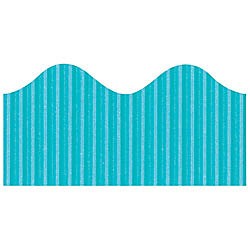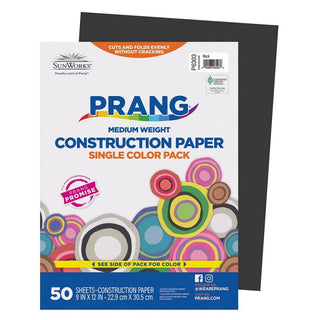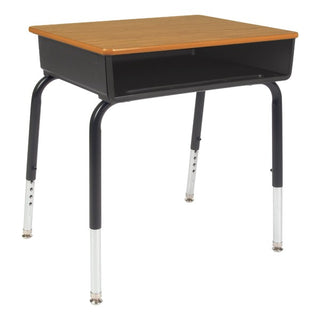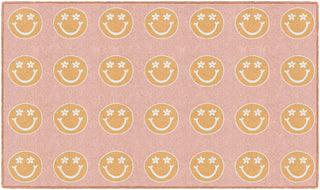- You or a staff member must be present. Our trucking company will not deliver your order/s without a signature.
- Our trucking company or our customer service dept will attempt to schedule a delivery date. We will not share your information with anyone other than those responsible for handling your order.
- Please specify if you need a tailgate or have a loading dock. If you are uncertain, please contact us at 1.800.464.6681.
- Your boxes may be a little worn or dirty when delivery arrives. Do not be alarmed. If the box or boxes look damaged, it doesn't mean that the product is damaged. We suggest you open the box and see if the contents inside are damaged and simply make a note on the packing slip, and notify the driver, or you can contact our customer service dept at 1.800.464.6681.
- Please make sure to count all boxes before you sign. In some cases, you will only need to sign for the number of boxes being delivered. Or in other cases, you will need to sign for the number of skid/pallets being delivered.
PO BOX & APO/FPO ADDRESSES
UPS DOES NOT SHIP TO PO BOXES. YOU MUST PROVIDED US WITH A PHYSICAL ADDRESS FOR DELIVERY. APO/FPO ADDRESS ARE OKAY.
DROP SHIP
IN SOME CASES, WE MIGHT BE OUT OF STOCK WITHIN OUR WAREHOUSES AND MAY CHOOSE TO "DROP SHIP" YOUR ITEM OR ORDER. THIS NORMALLY TAKES A LEAD TIME OF 1-4 WEEKS FOR DELIVERY.




